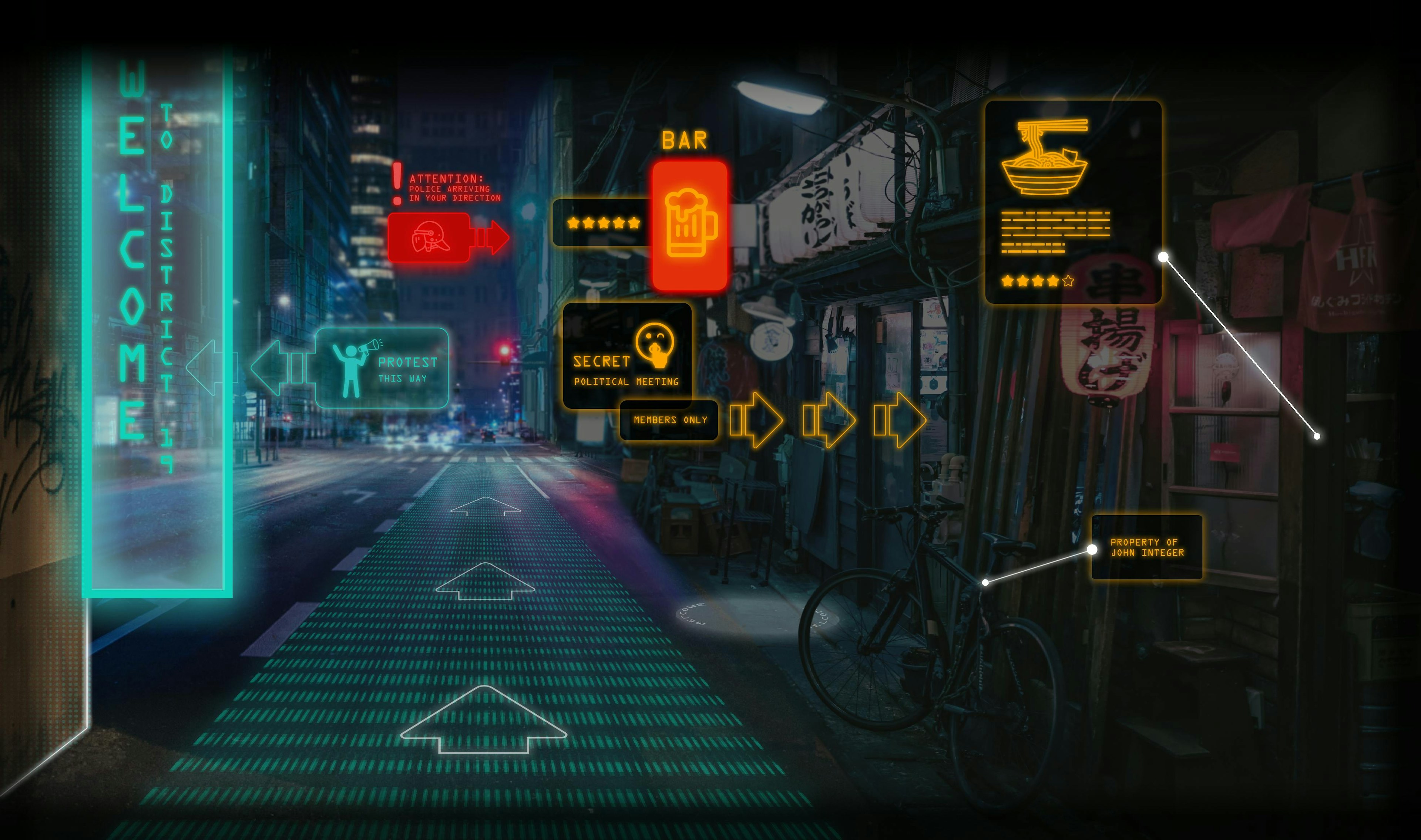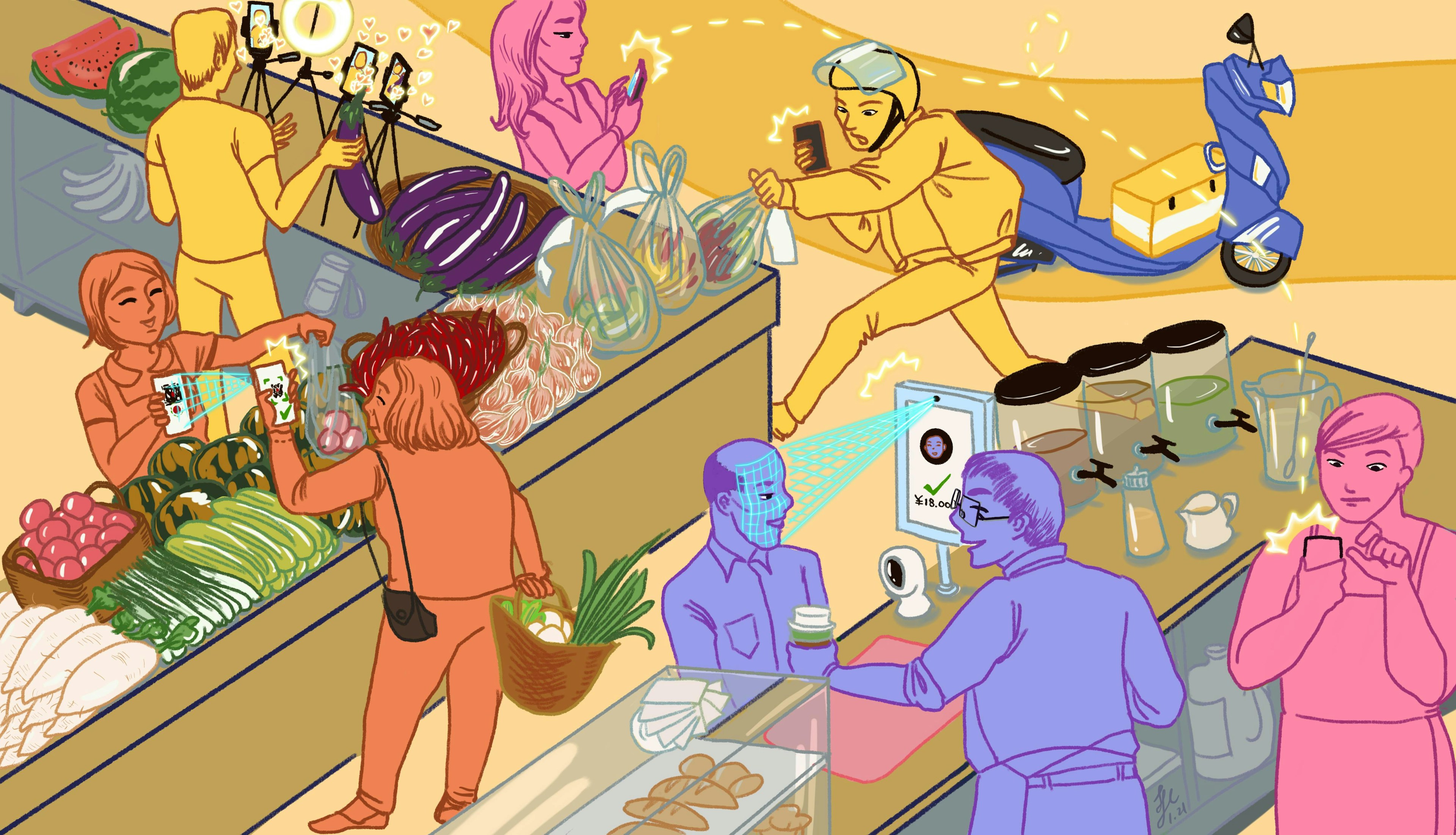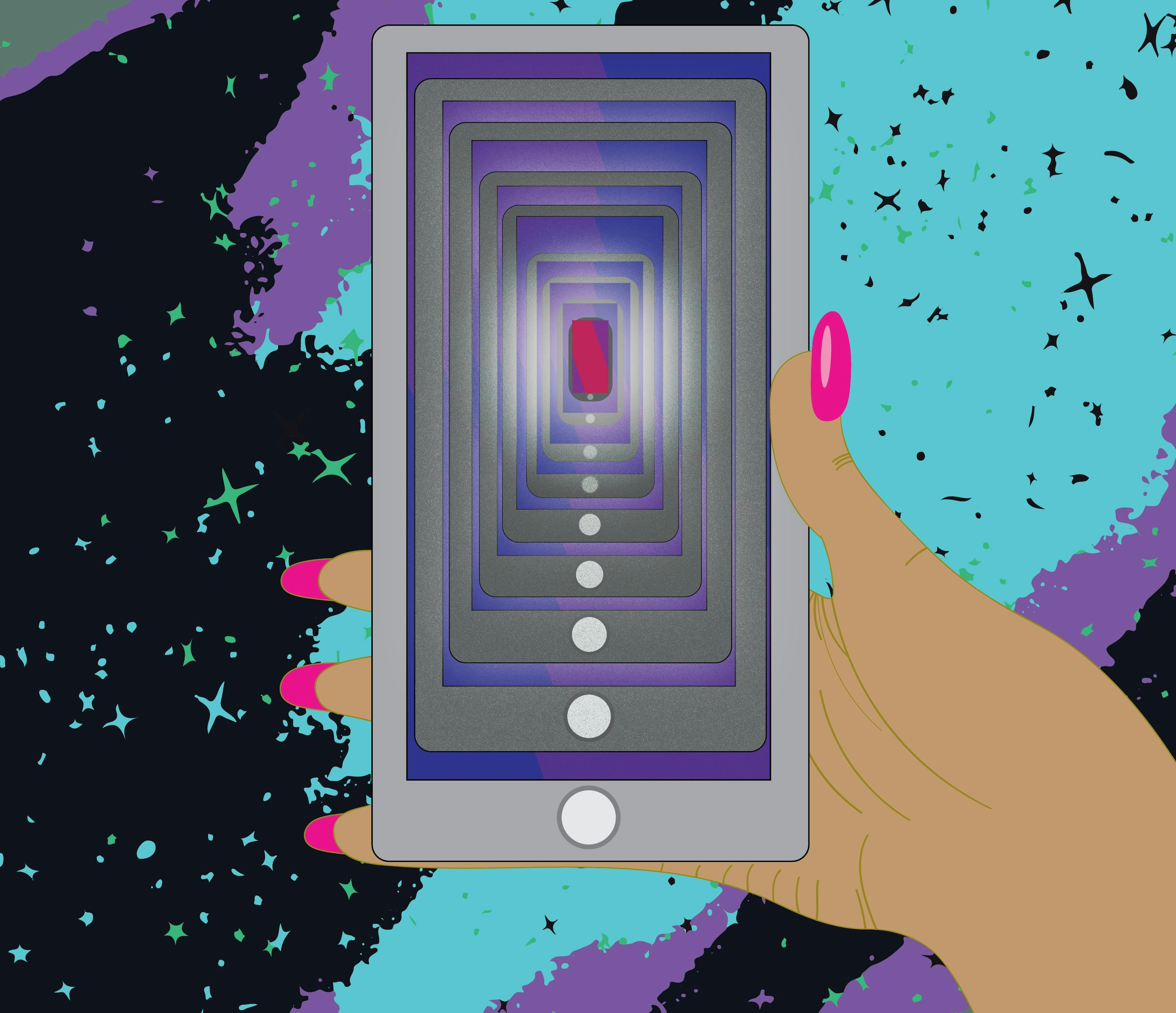Extending visibility: The politics of XR

In Spring 2019, faculty in English and Anthropology at Santa Clara University in California (SCU) enlisted students to experiment with ways to reinscribe and rearticulate the indigenous history erased by the construction of SCU campus.
The exercise showed this could be achieved through extended reality (XR) technologies, both large- and small-scale, that bridge the virtual and the physical, as well as the present and historical.
It did so by tapping into an underlying truth: XR is inexorably political.
XR is a catch-all term that refers to a collection of technologies, including virtual reality (VR), augmented reality (AR) and mixed reality (MR). It covers both fully-immersive environments, like the Metaverse of Neal Stephenson’s Snow Crash, and MR spaces built of virtual and actual layers. In each case, XR can transform our experience of the world around us by playing with our relationship to visibility—what gets seen, and what gets hidden, through technologies of reality extension.
Talk of the Metaverse has bubbled under the radar for decades, but recent events give the conversation greater impetus. As Meta—formerly known as Facebook, and owners of the VR firm Oculus—makes public moves in this space, questions about the ability of such technologies to render things seen and unseen have become more pressing.
What are some of the implications for how we engage with what is and is not visible?
What does it mean to be visible?
An old English proverb states that children should be seen, not heard. This statement succinctly underlines the relationship between social status and the privilege of participation. But visibility is itself a powerful dimension of political representation, leading some to reflect on the “politics of visibility” facilitated by the production of images via new media tech. This is much like how “having a voice” is wedded, practically and metaphorically, to political legitimacy.
How things are seen—not only on a sensory level, but also how they are perceived—has important cultural dimensions. The notion of visual culture captures this aspect of that which is tangibly expressed in images.
Culture has always had a visual dimension, but XR changes the dynamics of visibility by enabling new kinds of fluid, rewritable and unstable relationships to space, objects and people, via computational media.
One important example of fluidity, related to XR, is the superposition of virtual objects in physical space. This transforms relations with objects and the spaces in which they are situated. The substitution of physical objects with holograms in AR marketing is one example.
People, too, are differently visible in and through XR. We can assume different, sometimes fantastical forms through avatars, or simply appear to be present in places where we are not. The visibility enabled by XR technologies can impact how users are perceived by others.
Spaces of visibility
The notion of space is important here. Anthropologist Lisa Messeri, author of Placing Outer Space and a scholar of VR, provides necessary grounding when she says, “The virtual doesn’t float in a cloud somewhere, but is very contingent on local and physical practices.”
Humans remain inescapably flesh and bone. As such, we are bound to local realities. VR, like any form of virtual engagement, is always experienced somewhere in particular. This fact is not a drawback, but rather a driving force for AR and MR representations, which render virtual imagery within actually-existing physical spaces.
Pokemon Go is a perfect example of how an augmented reality game can modify our relationship to the world around us. Some welcomed the potential for the new kinds of immersion this massification of AR represented. Others were less convinced by Pokemon Go developer Niantic’s plans to construct a global, crowdsourced 3D map of the world.
Mixed-reality gaming takes things one step further—allowing the in-game use of real world objects, like using a real water bottle to hit an imaginary character. This represents another level in the blurring boundaries between virtual and actual.
Spatial relations, like social relations, are also political. They are tied in profound, often invisible, ways to the articulation of identity and competing claims to power, value and legitimacy. Space can serve as a literal inscription of history through the presence of enduring architectural remains—the built remnants of past lives and social realities.
Space is also inscribed with the past in other ways, by what is hidden as much as what is physically there.
This can mean a number of things. There is a forgetting that happens with respect to the stories we choose to tell about the history of the spaces we inhabit. The past can be deliberately forgotten. There is also the forgetting that stems from the physical erasure of what was there before. Active forgetting even happens in stories told about how the built world came to be: Erasing the role of female architects is one example.
Controlling space, and stories about space, is thus inherently political.
Visibility between meatspace and metaspace
The capacity to render things visible is rooted in social power. It exists in the domain of dominant groups and actors, but also within the purview of those who seek to challenge them.
That is what is at play in the retelling of SCU’s campus. What this strategy recognised, and put into practice, was how XR technologies fluidify—in new, often unproven ways—the materiality of the world around us. It did this by proposing XR tools to visually revise the campus’s built environment, using evidence of the history its construction had erased and actively forgotten.
The political implications of the capacity to rewrite, however temporarily, the material world are stark. We are now witnessing an ongoing conversation about what happens when messaging and misinformation—political, health or otherwise—are micro-targeted at groups and individuals. But the capacity to do this with a visuospatial field, bridging the virtual and the actual, magnifies the power to redefine reality.
As MR applications become more prevalent, questions of erasure and re-articulation will become more prominent. With an explosive forecast from a projected $33 billion in 2021, to $125,2 billion by 2026, now is the time to give this real consideration.
XR, perhaps more than any other technology, shows it is possible to actively produce the contexts within which tech takes shape. This leaves space for thinking about how we plan to use it. Looking at the emerging Metaverse, including the vision being put forward by Meta, we see the creation of new virtual spaces designed explicitly for the purposes of work, education, socialising and entertainment. These can redefine our relationships to the world and each other, whether through algorithmic management of inclusion and exclusion, or through the reproduction of existing narrative frameworks that define what is socially valued and accepted.
In that sense, though extended reality spaces present a distinct, largely untapped set of opportunities, some challenges are already blisteringly clear. First, if we are to extend reality at scale, we must address what is excluded as much as what is included, and why. Likewise, if we are to respect the common good in all its various manifestations, we must try ensuring these environments express more than the limited agendas of an advertising platform ecosystem, and the blindspots of its attendant algorithms.
If we fail in this task, a greater reckoning awaits, with the capacity to upend the very notions of publicness that underpin the functioning of politics and identity in contemporary democratic societies.
07 Jan 2022
-
Anthony Kelly
Illustrations by Dominika Haas.
Let's stay in touch.
02/03
Related Insights
03/03
L’Atelier is a data intelligence company based in Paris.
We use advanced machine learning and generative AI to identify emerging technologies and analyse their impact on countries, companies, and capital.


